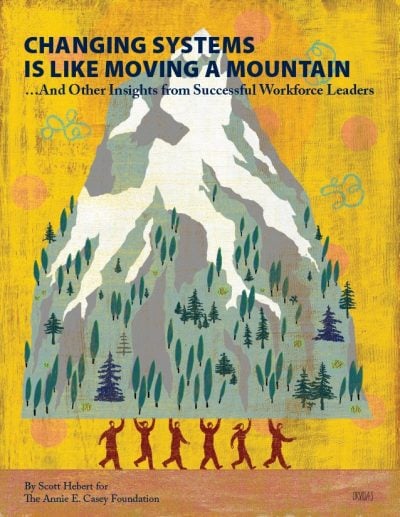Opportunities
Leaders must be able to channel disaffection with the status quo into specific proposals for change. Leaders must be nimble, determined and disciplined to adapt to changing circumstances and seize opportunities for change.

The philanthropic community can benefit from more consistent analysis and in-depth discussion of the traits, talents and tactics that make for good leadership – in particular the area of “system change.” In the workforce development field, the “system” is the combination of rules, behaviors, and investments by public and private institution that affect how regional labor markets operate. System change is important because, while innovative employment projects are important, the needs of thousands of workers and businesses cannot be addressed without changing the way the system operates.
This report responds to the need for more information on the important work of leaders in changing systems by offering insights and observations from more than a dozen leaders who have worked on system change in the workforce development field. Spurred by new and rapidly evolving industries, employers are taking new approaches to how employees work, with an increased reliance on technology. However, there is a gap between the skillsets needed in the workplace and the preparedness of post- Baby Boomers coming out of school. The workforce development system needs to be better equipped to deal with this challenge and help bridge this gap.
Reaching a fully integrated system where all workforce development-related entities in a region function together singularly may not be possible. But, improving how separate parts of the system complement one another is possible by improving coordination between components of the system and filling gaps in services and supports. Currently, the system does not operate as an integrated, comprehensive whole. It is made up of disparate parts that operate without coordination.